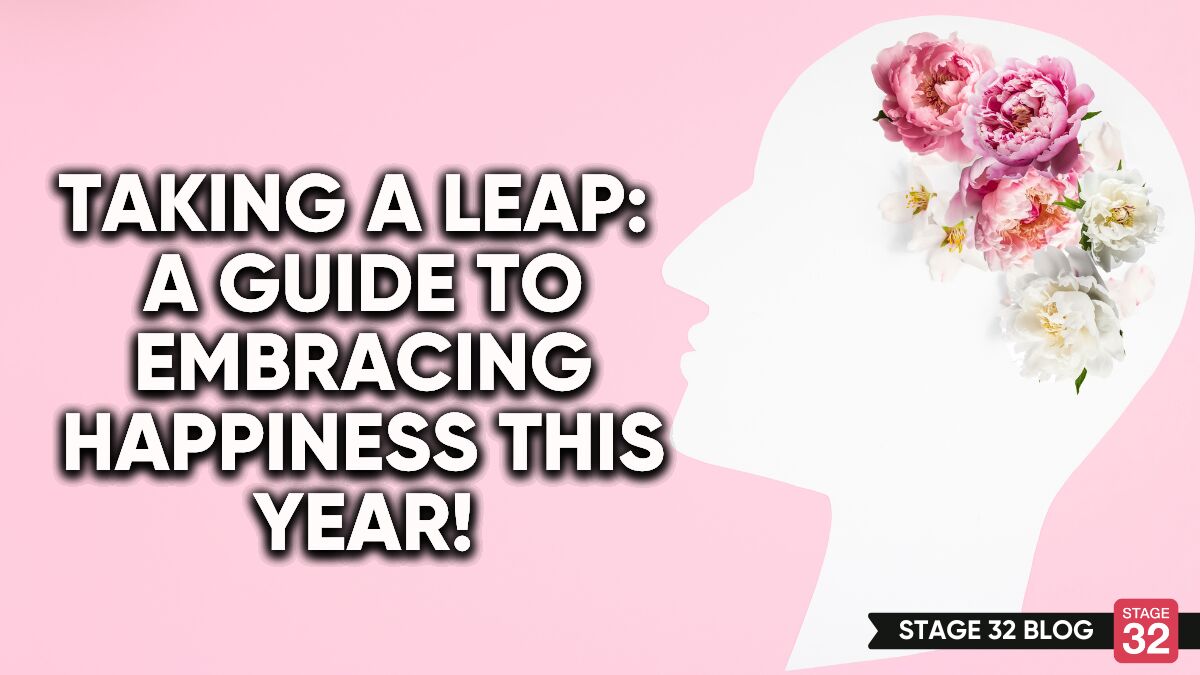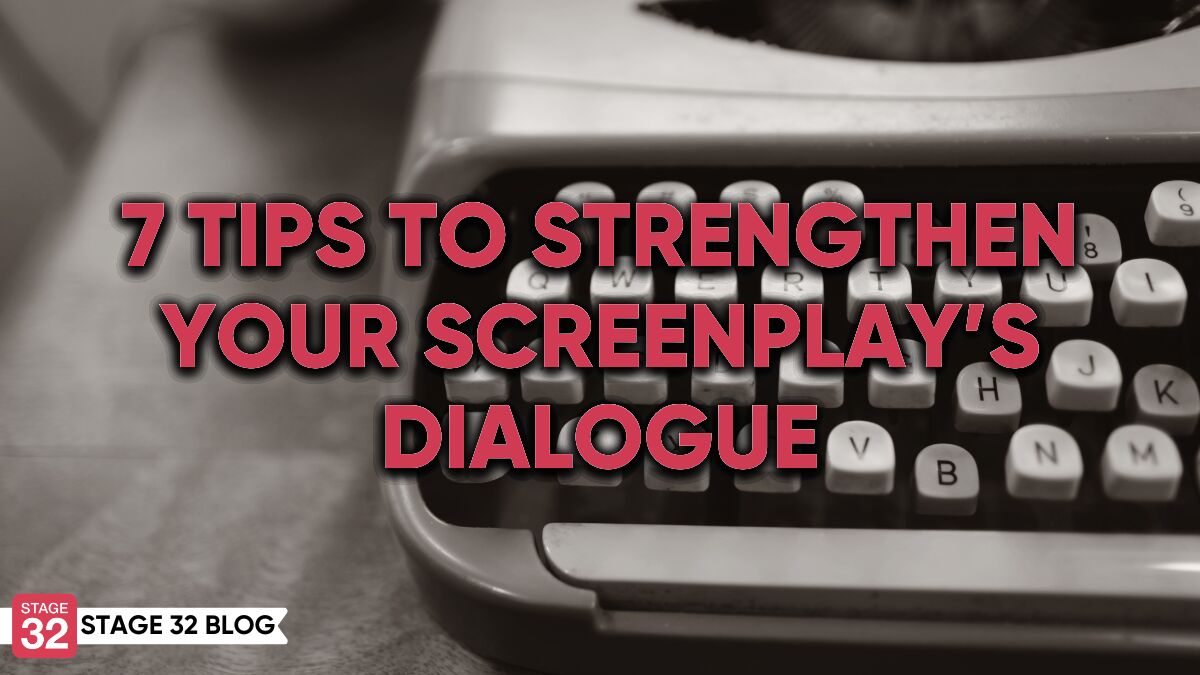7 Tips To Strengthen Your Screenplay’s Dialogue
Writing dialogue is more than just studying how other people speak. It helps to move your story forward and gives a voice to what you’ve put down on paper. Here are some tips to make this voice as strong as possible.
1) Do Your Research
An upper-class woman in Victorian England is going to have a very different life than a teenage boy in 2010.
Know who your character is and how they navigate life based on their occupation and social status. Find out as much as you can about the career they have. Know the political atmosphere of the time period you choose.
Not only will this give you and your story credibility, but you get relevant details about how your character expresses themselves and the impact their background would have on how freely they speak.
Voila, your character has a voice that makes their story unique.

2) Don’t Just Edit, Rewrite
The best way to ensure your script is as strong as it can be is by writing it twice.
The first time you write, focus on just getting everything down. “Get your story from point A to point B, let the characters speak to one another and get used to how it feels to write them. Keep your first draft with you as you write what you know from memory and watch it come together in a whole new light. It’s hard work, but well worth the result” says Karen Moore, a creative writer.
3) What They Don’t Say Matters
Humans are complex and expressive creatures, but sometimes we suck at communication.
We say “I’m fine” when we don’t really mean it. We talk around our feelings and don’t say what we mean because truth can be hard and conflict is exhausting.
Like us, our characters are fighting with something bigger than themselves which is going to influence what they do and say, not to mention the way their body language betrays them as they struggle to withhold information.

4) Watch For The “As you know, Bob…” Trap
Yes, exposition has its uses but, when a character speaks, it should be to move the story forward, not to delay it.
The “as you know, Bob” trope is when one character relays information to another that both already know and the audience doesn’t.
Think of a detective arriving at a crime scene and talking to a first responder. It implies that the world around them and the context of the scenes thus far have not been enough to explain what is going on, using dialogue to do so instead. This is not necessarily bad, but it’s important to ask if there is some other way to convey this information.
5) Use Voice Overs And Speeches, But Sparingly
Think of this as a tour guide walking you through a museum. A voice that guides you to understand what you’re seeing and the context of it in ways you would not have thought so before.
Your world itself should be able to say a lot about what is happening, but speeches can be a quick shortcut.
When information about a character comes from the characters themselves, it can be especially moving and powerful, not to mention make for an iconic, quotable scene. Be careful not to overuse them though and keep the story moving.

6) Make Use Of Conflict
Conflict is part of life and everything is controlled by it. As previously mentioned, our characters do not exist in a bubble: they are constantly at odds with the world, the people in it, and even themselves.
But, the most interesting and some of the most powerful conflicts a character can have is with each other. Even if they aren’t screaming at each other, your characters will do (or say) whatever it takes to come out on top.
7) Get To The Point
When you introduce yourself to someone, you don’t give them every detail of your life.
What you share may vary from person to person but, overall, it’s the details you find the most interesting and best paint you in a certain light. “Same goes for your characters. Every author worries about how they are perceived but the audience is always going to fill in the blanks themselves. They will think about what happens in between jump cuts and have a picture in their heads of your character’s life after the screen cuts to black. If it doesn’t move the story forward, consider whether or not it’s needed and cut accordingly” says Laura Morey, a professional writer at State of Writing.
The bottom line is, that dialogue adds a level of complexity that visuals don’t. It makes your characters human and makes them real, memorable things that we can connect to our own lives. While these tips are not gospel, I hope they can help you take a deep breath, trust your instincts, and help you along as you enjoy the process. Happy writing!
Let's hear your thoughts in the comments below!
Got an idea for a post? Or have you collaborated with Stage 32 members to create a project? We'd love to hear about it. Email Emily at blog@stage32.com and let's get your post published!
Please help support your fellow Stage 32ers by sharing this on social. Check out the social media buttons at the top to share on Instagram @stage32 Twitter @stage32 Facebook @stage32 and LinkedIn @stage-32
| Coffee & Content: How to Film A Car Scene |
| Taking a Leap: A Guide to Embracing Happiness This Year! |
Search Stage 32 Blog
There are now 4040 blog posts for you to enjoy. Search them all by tags below.
Acting, Advice, Cinematography, Coffee & Content, Composing, Contests, Distribution, Featured, Filmmaking, Financing, Inspirational, Networking, Producing, Screenwriting, Success Stories, Tips, Trending,Relevant Tags
Recommended Articles

Forbes Spotlights Stage 32 Certification!

A Practical Guide for Actors: Tips & Advice Every Performer Should Know

How Stage 32 Script Services Make You A Better Writer

Insider Intel: 2026 Predictions

Want Success in the Entertainment Industry? Start Writing Your Own Narrative

7 Life Hacks For Creatives

4 Reasons To Have Audio Description On Your Film

Insider Intel: The Studio War & The Rise of Indies

Don't Let the Momentum of November Write Club Die: How to Stay Active Into 2026 & Beyond!






